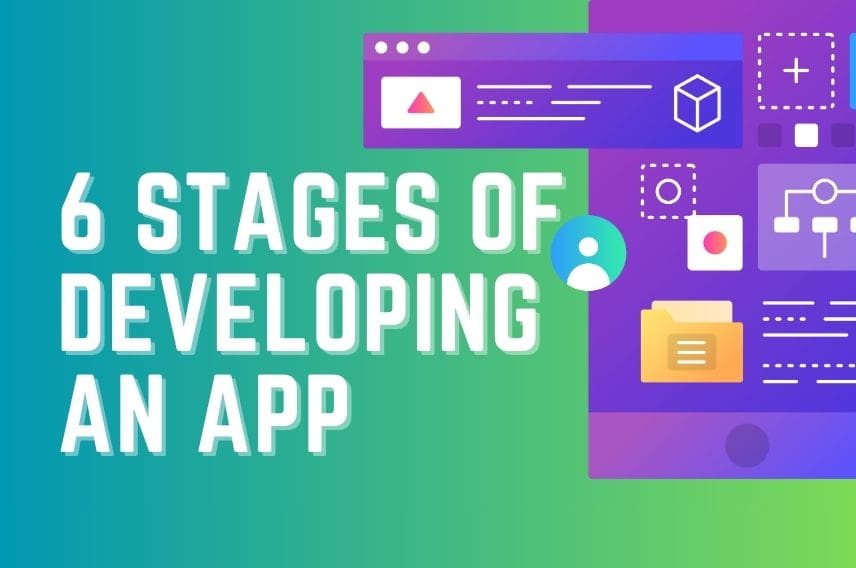As a seasoned professional with experience overseeing the development of numerous mobile apps, I’ve witnessed firsthand the exhilarating journey from an initial spark of an idea to its triumphant launch. However, the path to mobile app success is rarely linear, and a well-defined roadmap is crucial for navigating the complexities involved. In this article, I’ll share my insights into the six key stages that constitute this journey, offering practical advice based on my personal learnings and experiences.
Stage 1: Ideation and Conceptualization:
It all starts with an idea – a burning desire to solve a problem, enhance an existing solution, or simply create something innovative and impactful. This initial stage is crucial for defining your app’s core concept, target audience, and its unique value proposition. Conduct thorough market research, identify your competitors, and analyze their strengths and weaknesses. This groundwork will provide a solid foundation for building an app that truly stands out in the crowded mobile landscape.
Stage 2: Wireframing and Prototyping:
With your concept firmly established, it’s time to translate it into a tangible design. Wireframing helps visualize the app’s interface and navigation flow, while prototyping allows for testing and iterating on the user experience. Don’t hesitate to involve potential users in this process, as their feedback can be invaluable in shaping an app that resonates with their needs and expectations.
Stage 3: Design and Development:
This is where the magic happens. A skilled design team will breathe life into your concept, creating an aesthetically pleasing and intuitive user interface that guides users seamlessly through the app. Meanwhile, developers will code the backend functionality, ensuring seamless operation and data security. Open communication and collaboration between designers and developers are paramount during this stage to ensure a cohesive and user-centric app.
Stage 4: Testing and Quality Assurance:
Once the app is developed, rigorous testing is essential to identify and address any bugs or glitches. This stage can be broken down into two key phases: alpha and beta testing. Alpha testing involves internal testing by the development team, while beta testing provides real-world feedback from a limited group of users. By incorporating user feedback and addressing any issues arising during testing, you can ensure your app is polished and ready for launch.
Stage 5: App Launch and Marketing:
This stage marks the culmination of all your efforts. To ensure a successful launch, you need to develop a comprehensive marketing strategy. This could include social media campaigns, press releases, influencer outreach, and app store optimization techniques. Building a strong online presence and generating pre-launch buzz is crucial to attracting early adopters and fostering user engagement.
Stage 6: Maintenance and Updates:
Your journey doesn’t end at launch. To maintain user interest and keep your app relevant, ongoing maintenance and updates are essential. This includes addressing any bugs reported by users, implementing new features based on user feedback, and integrating the latest technological advancements. By actively engaging with your users and demonstrating a commitment to continuous improvement, you can build a loyal user base and ensure your app’s long-term success.
Actionable Takeaways:
- Validate your idea: Conduct thorough market research to ensure your app addresses a genuine need and has the potential to succeed.
- Focus on user experience: Design an intuitive interface and user flow that prioritizes ease of use and satisfaction.
- Test rigorously: Identify and address bugs early on to ensure a smooth user experience.
- Embrace feedback: Continuously seek user feedback and iterate based on their needs and suggestions.
- Build a strong online presence: Utilize various marketing channels to generate pre-launch buzz and attract early adopters.
- Commit to long-term growth: Regularly update your app with new features and enhancements to keep users engaged.
Building a successful mobile app is a challenging yet rewarding journey. By following these six stages and embracing the lessons learned from my own experiences, you can significantly increase your chances of success and create an app that truly makes a difference. Remember, the key to success lies in meticulous planning, user-centric design, rigorous testing, and a commitment to continuous improvement. Now go forth and build the next great mobile app!
